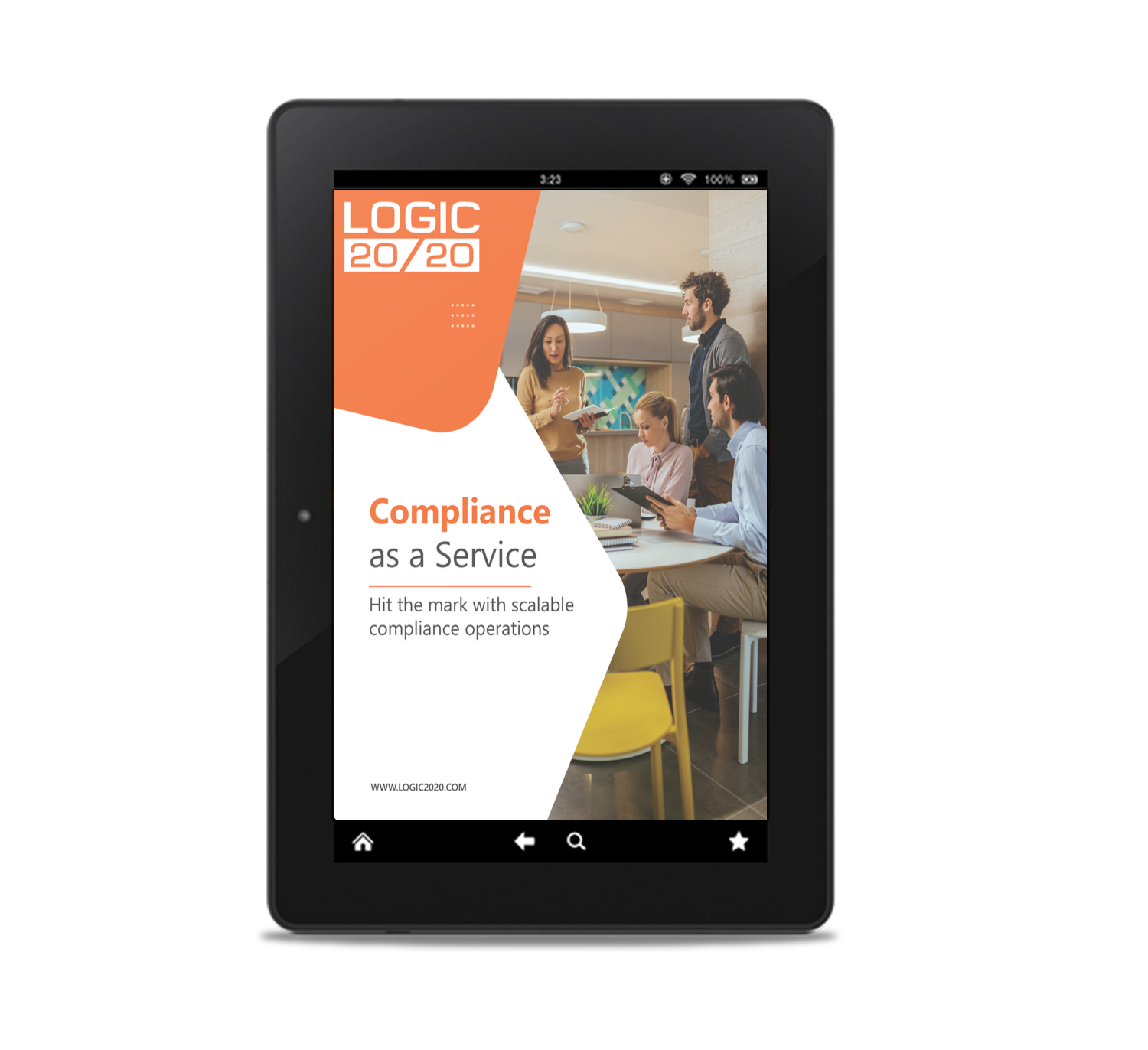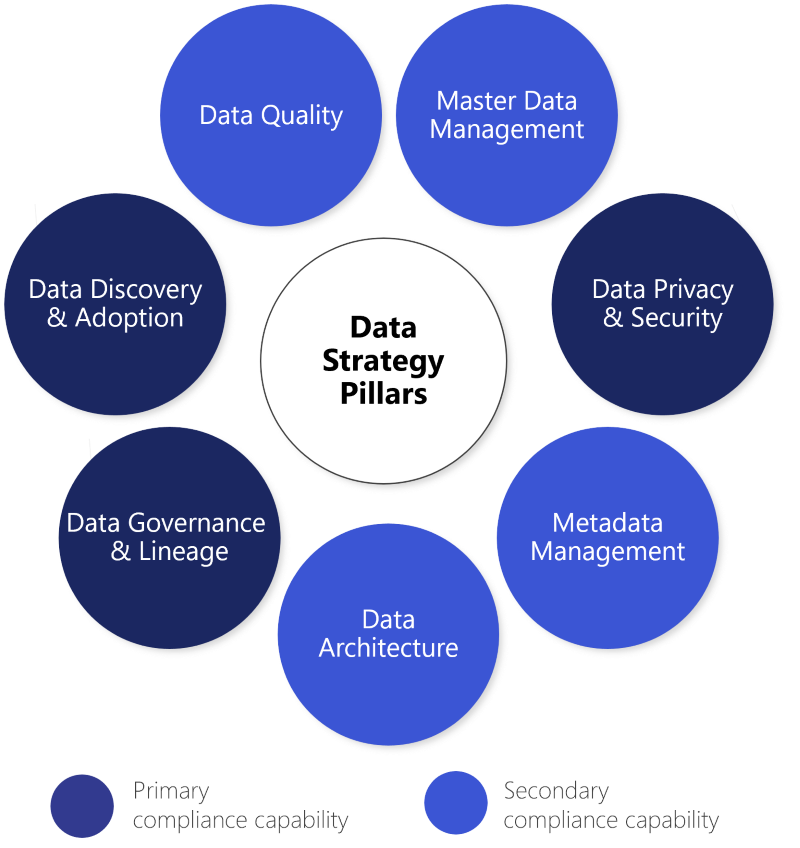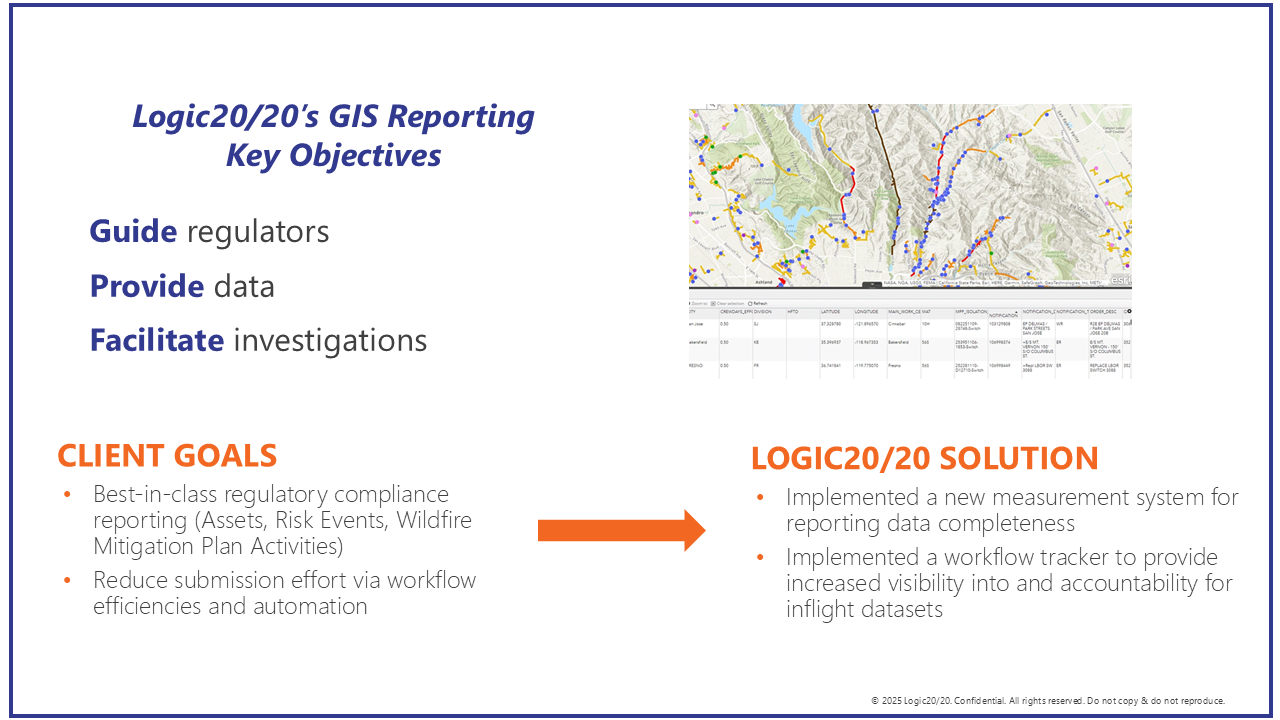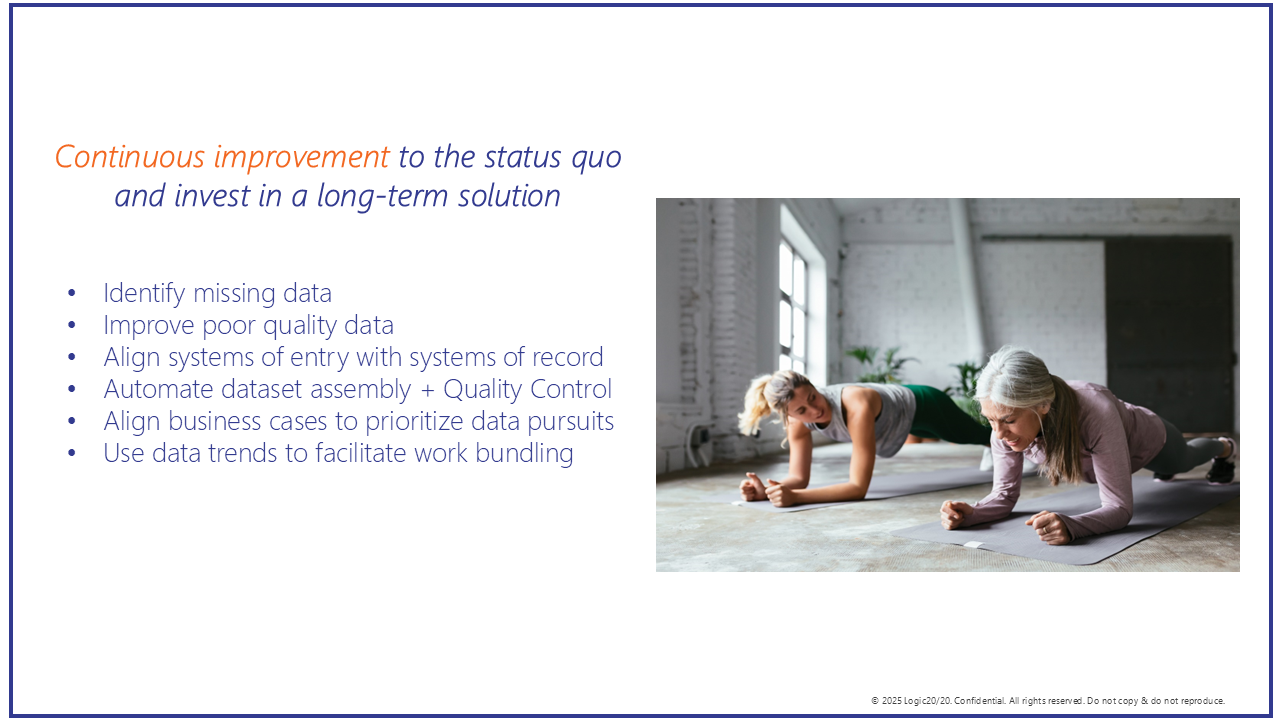5-minute read
Quick summary: A well-structured data foundation enables organizations to navigate evolving compliance requirements with efficiency, accuracy, and confidence.
Regulatory landscapes are evolving rapidly, with new privacy laws and AI regulations introducing a steady stream of complex compliance requirements. Organizations must be able to track, manage, and act on their data efficiently to avoid penalties, operational challenges, and reputational risks. Without a solid foundation, responding to data subject requests, ensuring AI transparency, and meeting other compliance obligations can become overwhelming.
A structured data governance approach helps businesses stay ahead by aligning people, processes, technology, and data. Whether they’re navigating data privacy laws or implementing AI safeguards, organizations that invest in scalable data foundations can improve efficiency and reduce compliance risks. In this article, we explore the key components of a compliance-ready data strategy and how organizations can stay ahead of evolving requirements.
Article continues below.

Compliance as a Service (CaaS) ebook
We will never sell your data. View our privacy policy here.
Why compliance demands strong data governance
Data has become the main currency of many businesses, powering experiences, insights, and outcomes. Given evolving regulations and rapid advancements in AI, companies must have a strong data governance foundation to remain compliant and adaptable.
The landmark General Data Protection Regulation (GDPR) set the precedent in 2018 for global privacy regulations, granting data subjects rights such as the ability to access, edit, and delete their personal data. While small businesses may initially manage compliance manually, scaling these processes becomes difficult as data volumes grow. Noncompliance not only erodes consumer trust, but also carries significant financial penalties, with fines frequently reaching into the millions.
Following GDPR, many similar laws have sprung up across the globe enabling a variety of data subject rights in different jurisdictions. In the United States, for example, the absence of a federal privacy law has led to a patchwork of state regulations, many of which mirror GDPR by granting consumers comparable rights. Businesses need a strong data foundation that allows them to track the kind of personal data they have, where it lives, to whom it belongs, and methods for taking action on it.
Additional regulatory frameworks are evolving to address the rapid pace of AI adoption and innovation. The EU’s Artificial Intelligence Act, finalized in 2024, focuses on two main areas that overlap with existing privacy regulations: risk assessment and transparency obligations. Businesses must understand what data trains their AI models and provide clear disclosures when users interact with AI systems. These requirements overlap with GDPR’s mandates on data transparency, reinforcing the need for a comprehensive data governance framework.
The EU’s Artificial Intelligence Act requires businesses to understand what data trains their AI models and provide clear disclosures when users interact with AI systems.
Navigating the choppy seas of compliance: A structured approach
Addressing compliance challenges requires a dynamic framework that integrates people, processes, technology, and data.
People: Defining key roles and responsibilities
Compliance requires cross-functional collaboration among legal, operations, engineering, and data teams. Each group plays a critical role:
- Operational teams manage and triage regulatory requests.
- Legal teams provide guidance and ensure documentation aligns with regulations.
- Engineering teams and data owners execute data-related actions, such as fulfilling deletion requests.
To ensure seamless operations, organizations must establish clear role definitions, identify backups for key personnel, and map responsibilities to compliance workflows.
Processes: Creating a scalable response framework
A well-defined process enables efficient compliance responses by minimizing redundancy and ensuring accountability. Organizations should:
- Assign roles using the Responsible, Accountable, Consulted, and Informed (RACI) framework.
- Standardize response procedures with predefined templates and workflows.
- Focus on key handoffs to reduce friction and improve response times.
For example, a data subject request might be initiated by an operational team, evaluated by the legal team, and then passed to data owners for execution. A strong, standardized process ensures smooth transitions between these steps.
Technology and data: Building a compliance-ready infrastructure
A strong data foundation, paired with agile governance practices, ensures organizations have access to accurate, actionable compliance data.

Primary compliance capabilities
Data discovery and adoption
Data discovery tools make it easy for non-technical stakeholders to find the data they need across the organization’s entire data estate. These tools should be deployed enterprise wide and should be accessible to both technical and functional users.
Data governance and lineage
Ensuring a scalable and automated data lineage tracking enables data discovery to go multiple layers deep into systems and data transformations. Accurate data lineage requires robust data governance processes that align across business teams.
Data privacy and security
Known regulatory compliance measures like GPDR should be proactively managed with data standards that include retention and removal policies. Focusing on proactive management of user data and data removal requests will decrease the time required to resolve issues.
Secondary compliance capabilities
Metadata management
Metadata management tools help data lineage and data discovery tools become more effective by making it easier to manage more complex and fluid systems that may change over time. Many vendors provide metadata management capabilities in their data catalog and governance tools.
Data architecture
Good data architecture ensures all governance, discovery, and metadata tools work in harmony across data models to ensure data is accessible across all platforms. Poor data architecture can bottleneck all identification and remediation processes.
Master data management
MDM ensures consistency in the data and makes it easier to provide compliance reporting across domains and platforms. It should include a dedicated tool stack but be managed within standard data governance processes.
Data quality
Data quality practices ensure that the data reported for compliance purposes is accurate and consistent with recurring compliance reporting needs. Data quality issues should be managed early in the data lifecycle process. If not addressed, they will cause exponential pain downstream.
Case study: A California utility transforms compliance operations
Aligning people, processes, technology, and data can simplify compliance reporting and allow the organization to refocus on its core business. We worked with a major California utility to enhance its compliance reporting for assets, risk events, and wildfire mitigation efforts by implementing a structured data governance framework. Our work encompassed:
- Identifying missing data
- Improving poor-quality data
- Aligning systems of entry with systems of record
- Automating dataset assembly and quality control
- Aligning business cases to prioritize data pursuits
- Using data trends to facilitate work bundling and prioritization
By establishing strong data foundations and implementing changes in people, processes, technology, and data, the team improved multiple KPIs for the utility:
- 96 percent on-time data delivery, compared to 67 percent historically and 79 percent for the utility’s closest peer
- Increase in data automation from 56 to 70 percent
- Significant reduction in notices of violation, with only one notice in 2024—compared to over 50 for the utility’s closest peer


Next steps
Regulations will continue to evolve, and organizations must stay prepared. A compliance-ready data foundation provides scalability, transparency, and efficiency, helping businesses meet new requirements while focusing on their core objectives.
If your data privacy team needs support in optimizing data operations, we’re happy to set up an exploratory call.

Streamline compliance with expert guidance
- Compliance managed services
- Compliance process optimization
- Regulatory response readiness
- Compliance automation

Valerie Lambert is a Manager in Logic20/20’s Strategy & Operations practice. Valerie specializes in operationalizing and scaling compliance programs, with an emphasis on efficiencies through automation. She has experience in managing compliance programs that cover privacy, digital safety, and artificial intelligence responsible use.

Mick Wagner is responsible for leading the AI and Analytics Practice to exceed client expectations, develop innovative solutions, and achieve organizational growth. Mick has 20 years of data analytics consulting experience in data strategy, modern data platforms, and AI.

